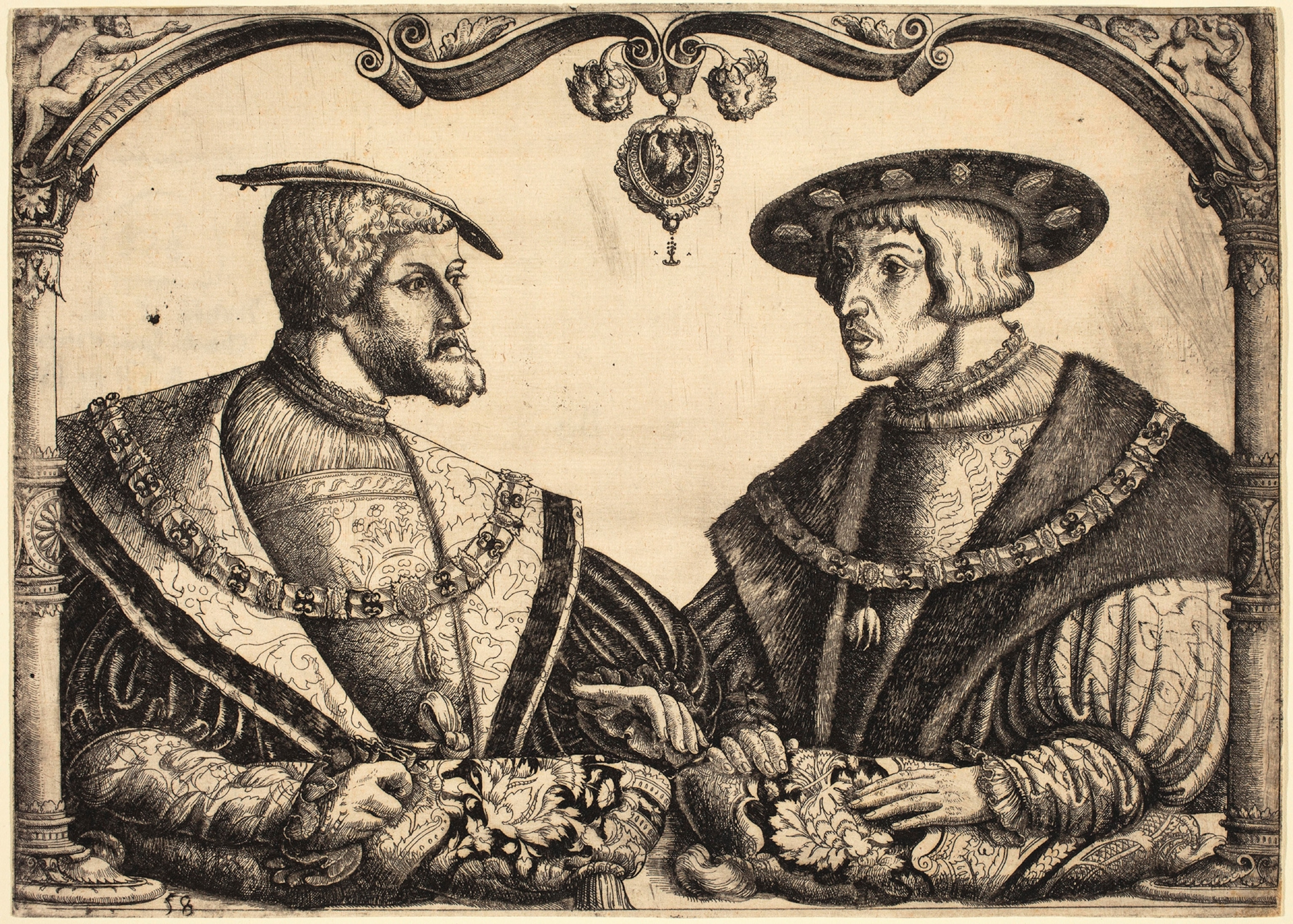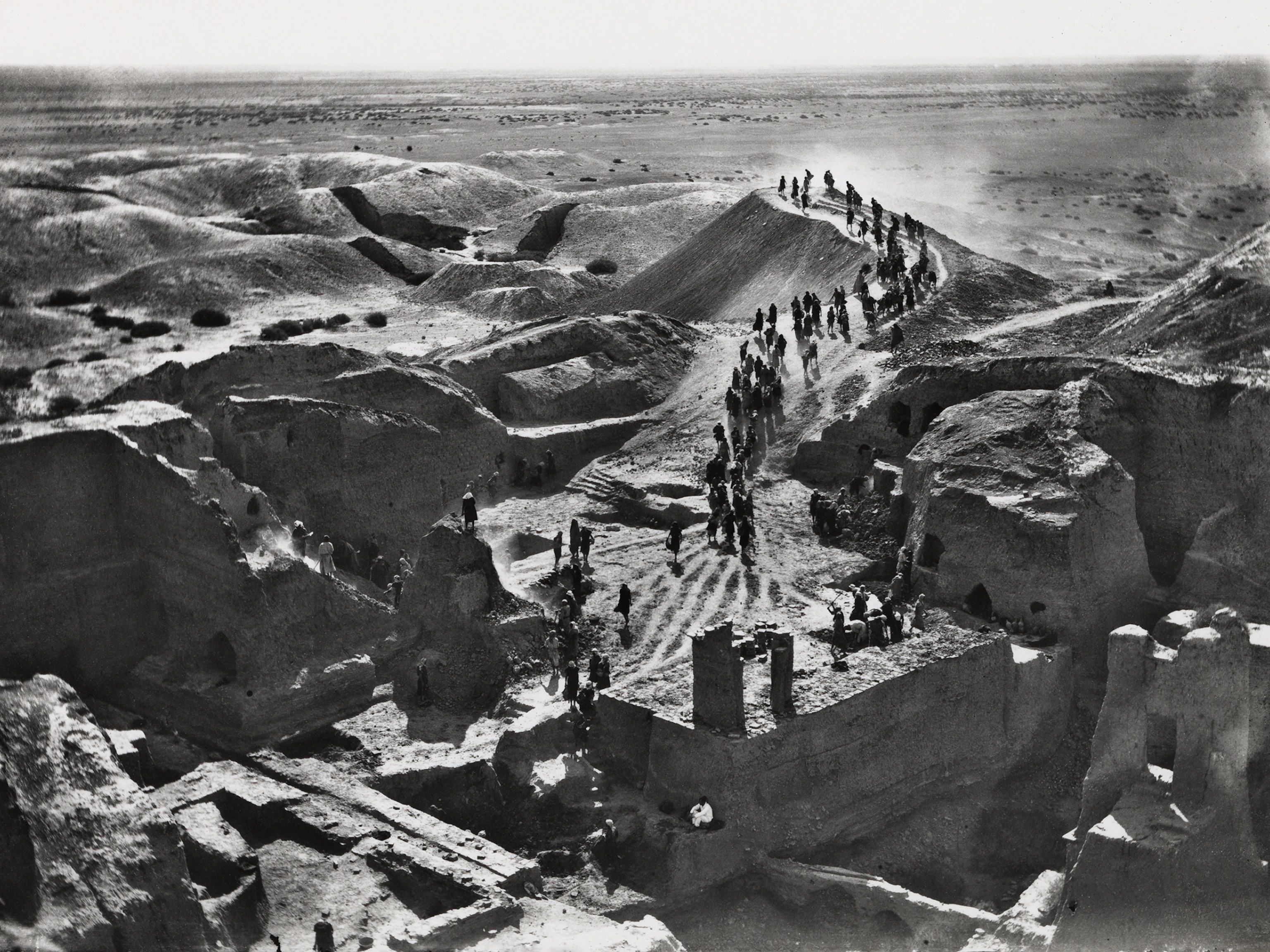This European map inspired a playful cartography craze 500 years ago
Johannes Putsch’s 1533 map personified the continent as a queen and inspired a wave of mapmaking that depicted places as people, animals, and even plants.

In the late 1400s mapmaking in Europe was flourishing. Many maps were practical, produced for navigating expanding trade routes, but a few notable creations contained more than just geography. These reflected cultural, social, and political concerns of the time. One of the most outstanding was produced in the 1530s by the Austrian scholar and courtier Johannes Putsch, whose most famous work personified Europe as a crowned and gowned queen holding an orb and scepter.
(A 500-year-old map used by Columbus reveals its secrets.)
Putsch’s original map, a somewhat crude woodcut, became known by a variety of titles, including “Europa regina” (“Queen Europe”). The progression from the queen’s head to foot moves from west to east, Putsch labeling each region with a Latin name: Hispania, the Iberian Peninsula in the west, is the figure’s head, and eastern regions of Bulgaria and Muscovia form her feet. The arm on the left is Italy and Sicily is represented by an orb in its hand. The arm on the right is Denmark.

Seeing Europe as a woman could have come naturally to readers of classical myths, who would have known the continent was named for Europa, a princess kidnapped by the Greek god Zeus. Personifications of Europe circulated in the form of drawings by the 14th-century Italian mystic Opicinus de Canistris. Although it is not known if Putsch had seen Opicinus’s works, it is likely he witnessed imperial processions staged by the Habsburg rulers in which continents were often personified as women.
Plea for peace
Putsch’s beautiful image sent a powerful message by showing Europe as one entity. The Habsburg Empire—centered on Spain and the Holy Roman Empire in Germany—was Europe’s most powerful military force, and its role in holding Europe together is central to Putsch’s theme of unity.
(This empress rose to power when the Habsburgs sought to maintain control.)
Accompanying the map were verses Putsch wrote in Latin. Speaking in the first person, “Queen Europe” pleas for unity and directly addresses Charles V, Holy Roman emperor and king of Spain, and his brother, Ferdinand I of Austria (in whose court Putsch worked).

The queen addresses them as “the most brilliant stars of the world,” and entreats them to end the wars—in Italy, and between Protestants and Catholics—that are tearing her apart. With additional threats from the Ottoman Turks in the east, her safety depends on the “faithful and mighty” offices of Habsburg Germany, located near her heart, and Spain, in her head.
Few biographical details are known of Putsch. He died a young man in 1542, but his creation lived on, smoothed out in later editions and enhanced with color. It seeded an idea about European unity that would be experimented with for centuries, and arguably culminates in the European Union of today. The map also inspired a cartographic genre, spawning versions that depict countries as animals and plants. Popular in the late 16th and 17th centuries, these include representations of the Netherlands as a roaring lion and Bohemia as a rose.
(How World War I launched mapmaking at National Geographic.)




